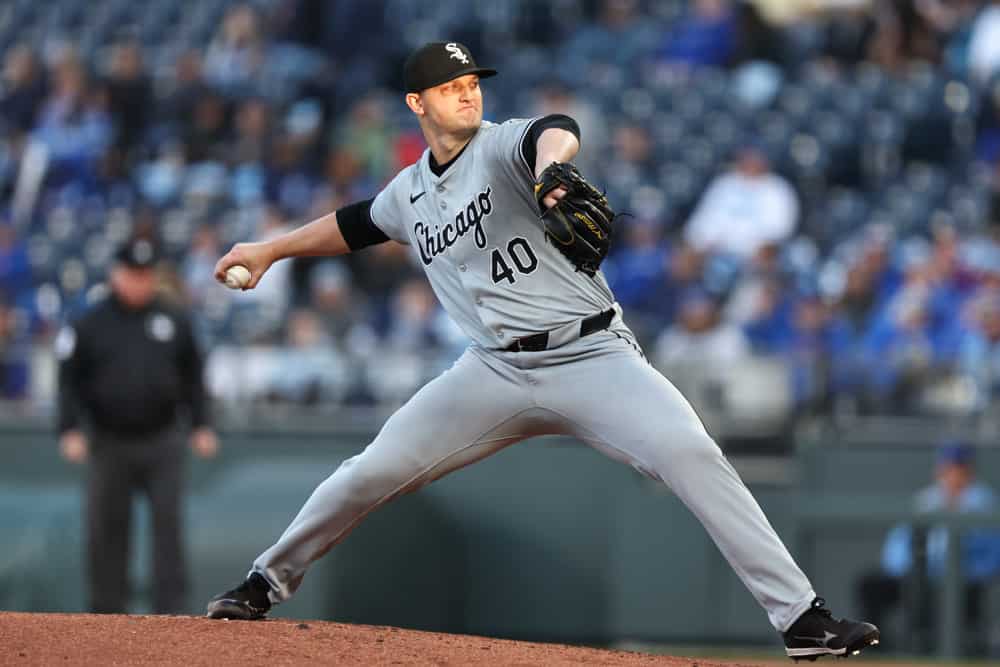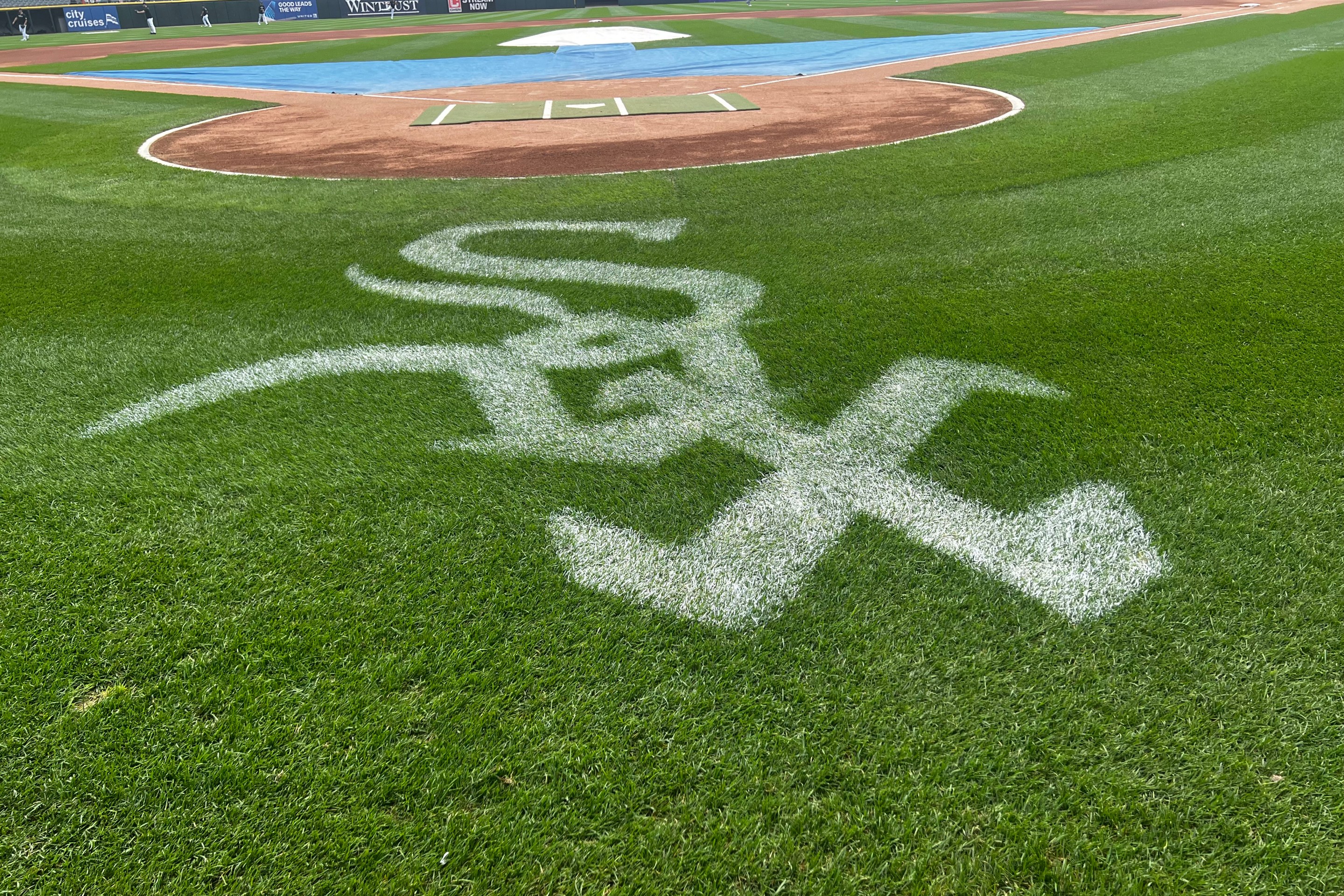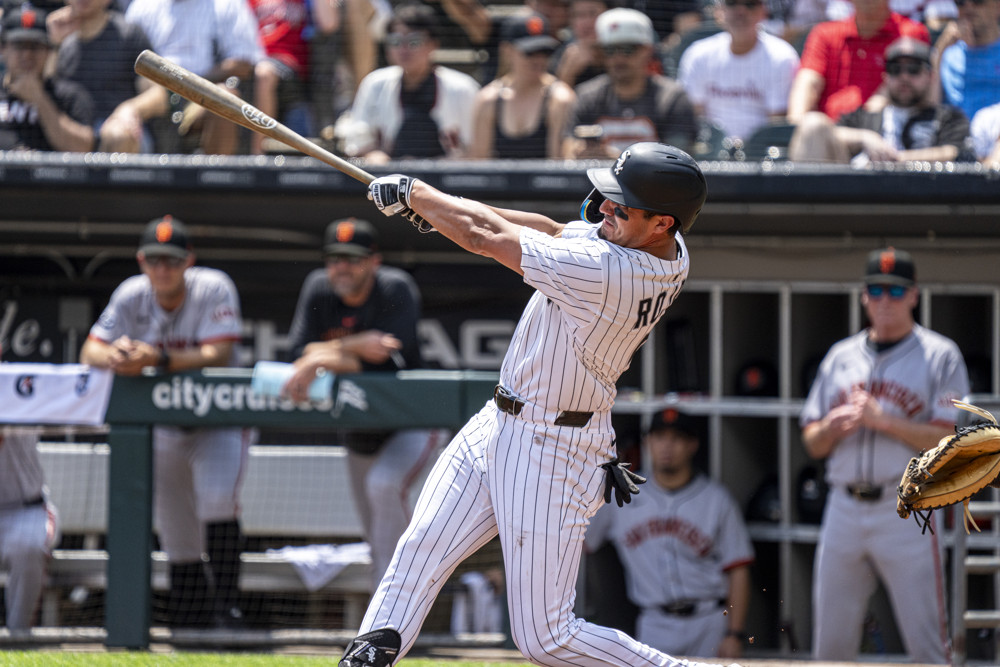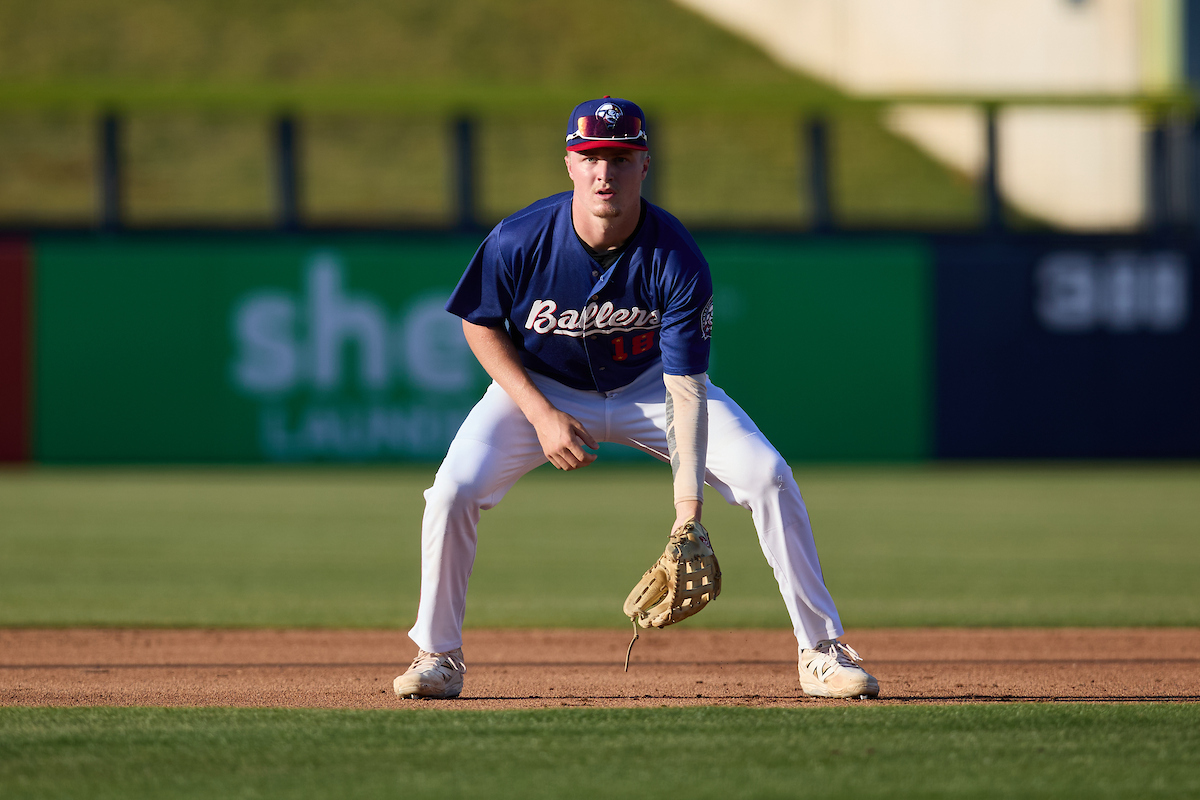KANSAS CITY, Mo. -- In a dominant 2019 NLDS start that looked to presage a long ride at the top of the Braves rotation, Michael Soroka befuddled the Cardinals offense while throwing low-90s sinkers 60 percent of the time.
"It was characteristically kind of an outlier because it had a high release point, low extension, nobody else had it," Soroka recalled.
The White Sox were willing to offer Soroka the steady rotation spot that wasn't going to be available in Atlanta, and dedicated spring training toward restoring a sinker that had taken a backseat to his four-seamer last season. But they were never going to be able to give the right-hander his old sinker back.
Soroka's old delivery looks like a balancing act, where he releases the ball from the last upright spot before falling over to the first base side. After two tears of his right Achilles tendon, Soroka's leg drive no longer takes him to the same spot, and the statuesque 6-foot-6-inch right-hander throws from a much more common three-quarters slot. As a result, the sinker is no longer a "bowling ball" delivered from straight on, but a pitch with armside run more in line with a two-seamer. It will take priority over his four-seam fastball, but it will not carry the same weight it did five years ago.
"It's a very good pitch for him," pitching coach Ethan Katz said. "But the key for him is going to be secondary stuff and getting that in zone."
There's a clear line of inductive reasoning that while 26 years old and feeling healthy, Soroka is now doing battle without the weapon that made him unique. And success for him is defined now by his execution of more typical goals of successfully mixing and commanding a wide arsenal. Soroka sees those observations, and counters that this an evolution that would have happened by now, even without the injury that has otherwise drastically reshaped his career.
"If you look at the second half of that [2019] season, once guys knew what they were looking for, those games were a lot tougher," Soroka said. "A lot more times where I had my back up against the wall or I got beat with the sinker. I'd still say the majority of my success that season came from offspeed command. If I look back and look at how my slider played, how my changeup played, that's why I dominated that year."
After his White Sox debut was waylaid by a three-run first inning enabled by pitch tipping, Soroka had something a step closer to a proof of concept outing Thursday night in Kansas City, before offensive struggles and defensive miscues sandblasted any trace of his contributions from the final score. His six innings of two-run ball had the production of his Braves days (11 of 18 outs generated on the ground) composed of his new ingredient list (threw a plurality of sliders).
"It was running pretty good," Soroka said postgame of his sinker. "The homer in the first game, I wish I could have had it back to throw a different fastball, and tonight it was the opposite. It was the same thing but it probably should have been a sinker because it was in a good place tonight. We mixed it up pretty well. Managed to go in and away on lefties and kept those guys guessing and running in on their hands. It was much better, and being able to get it to its spot down as opposed to mid-thigh over the plate."
Another misconception of Soroka's sinkerball heyday might be that strikeouts aren't part of his game, but after clearing 20 percent in his All-Star season, he's not about to regard two strikeouts in 11 innings, or eight swinging strikes in 168 pitches, as normal. He certainly is still trying to build toward sustainability.
"More changeups in zone is going to be one [thing] to be able to get through the lineup a third time and put away guys," Soroka said. "Being able to bury them with two strikes, keep them guessing a little bit. It felt like after a while it was much more ... they knew and I knew it was mostly fastball-slider. If they can sit on one or the other, it gives them a good chance."
If Soroka is going to be called upon to look back at the way he once threw, he's intrigued by moments in his life earlier than 2019. As a teenager, Soroka threw from a three-quarter slot and not only felt like it gave his slider two-plane movement and allowed him to throw both above-average sinkers and four-seamers, but claims to still have the Trackman data on hand from old showcase events to prove it.
Reacquainting himself to how his pitches move from this new approach angle, and commanding them out of a new delivery has all been a bear, but it's not a project that he thinks is saddled with a lower ceiling as long as his command and deception are there.
"It's all about how many pitches you can throw that look the same out of the hand," Soroka said. "You see that pretty evidently when you get a chance to actually hit. A lot of guys with the best stuff in baseball, it typically isn't one pitch that is just ungodly. It's the fact that all of them look the exact same. That's the beauty of having two distinct fastballs, it's you can mix it up during an at-bat. You don't ever really have to concede and let them know which one's coming.
"I felt that's a trap I fell into a ton previously in my career and honestly [Saturday] to Mark [Canha], it was a good opportunity to throw the other one and instead we went three straight and the margin for error gets so small. That's the beauty of having two good ones. It's been a process learning that and apply it to the game, but I think we're onto something good."





